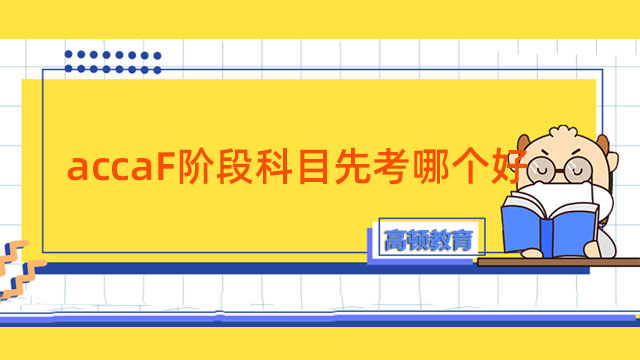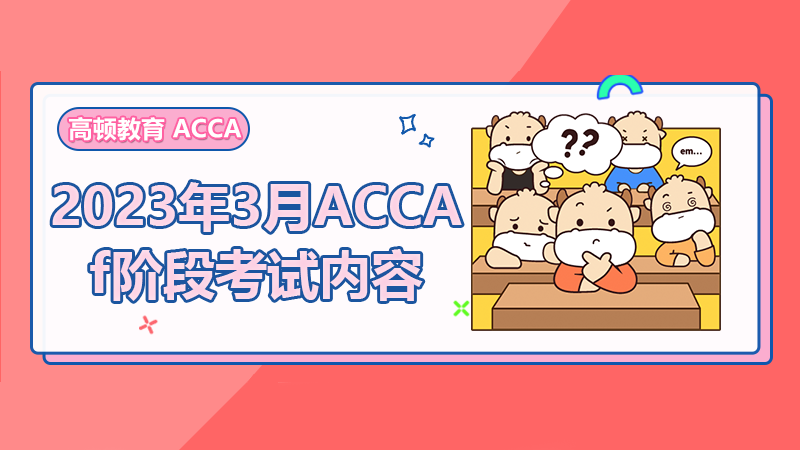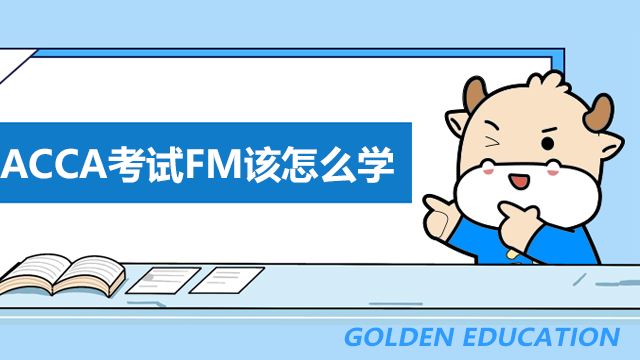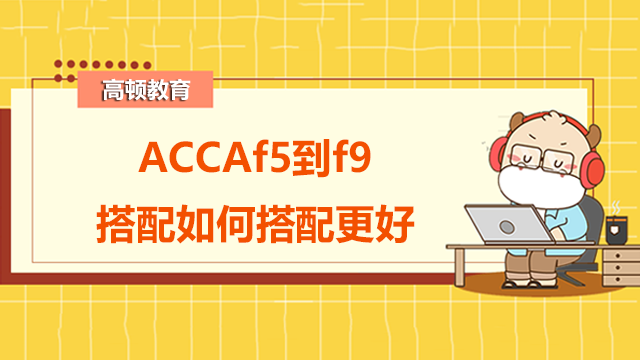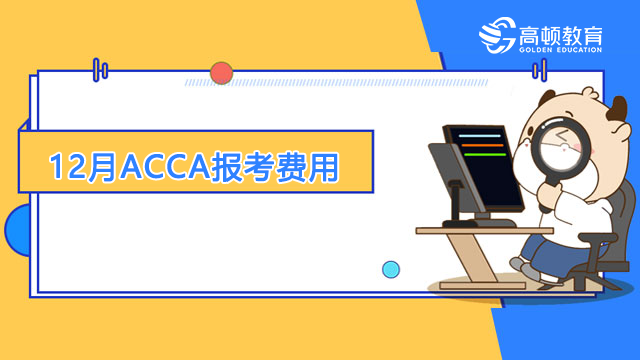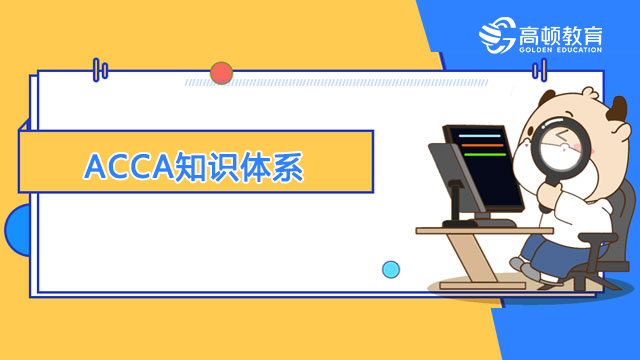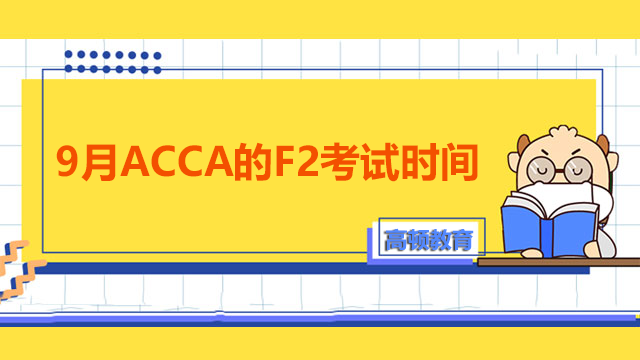2014年ACCA考试F4公司法与商法第二十三章总汇3
来源:
高顿网校
2014-07-31
以下是高顿网校为大家整理的:F4公司法与商法第二十三章,希望对考生们有所帮助。
3 Liquidation
3.1 Liquidation may take one of two forms:
(i) Winding up by the court – Compulsory liquidation.
(ii) Voluntary Winding Up – Members’ or Creditors’.
Winding up by the court
3.2 (a)Reasons for which a company may be put into compulsory liquidation:?
(i) The company has passed a special resolution to that effect.
(ii) The company was regarded as a public company on incorporation and not issued with a certificate within 1 year.
(iii) The company does not start business within one year of incorporation or suspends business for one year.
(iv) The total number of members in a public company is reduced below the legal minimum.
(v) The company is unable to pay its debts.
(vi) The court is of the opinion that it is just and equitable that it should be wound up.
(b) "Unable to pay its debts" (Creditors petition)
There are four ways of proving that a company is unable to pay its debts:
(i) A creditor has served on a written demand for 750 or more on the company, and the company has failed to pay within a period of 21 days.
(ii) A creditor has sued the company and obtained judgement but remains unpaid.
(iii) The company is insolvent on the "balance sheet test" (liabilities exceed assets)
(iv) The company is insolvent on the "commercial insolvency test" (i.e. it is unable to pay its debts as they fall due because it lack cash).
(c) "Just and equitable" (members petition)
Cases where the court has held that it is "just and equitable" to wind up include:
(i) where the company’s main object has failed: Re German Date Coffee Company.
(ii) where there is deadlock in the management: Re Yenidje Tobacco Company.
(iii) where a director of a "partnership company" is removed under Ebrahimi v. Westbourne Galleries
Members must stand to gain something from liquidation (the company must not be insolvent).
(d) The court will appoint the Official Receiver as liquidator (he will pass on the role quickly) and encourage the formation of a liquidation committee.
(e) Compulsory liquidation is rare – most frequently a hostile act from creditors.
Members’ voluntary winding up
3.3 (a) Company is solvent.
(b) Directors meeting at which it is resolved that
(i) EGM will be called;
(ii) members voluntary winding up be recommended to the members;
(iii) statutory declaration of solvency sworn.
(c) Contents of the Statutory Declaration of Solvency:
(i) Directors must declare that the company will be able to pay its debts in full within 12 months.
(ii) It must be supported by a statement of assets and liabilities as at the latest possible date.
(iii) The declaration must be made within 5 weeks before the Special Resolution is passed and must be filed with the Registrar within 15 days of it being passed.
(iv) Penalties: – If debts are not paid within 12 months it is assumed that the directors had no grounds for making the declaration.
– Directors can be fined and imprisoned.
(d) Extraordinary General Meeting:
(i) Special resolution to wind the company up under the members’ supervision.
(ii) Ordinary resolution to appoint a liquidator.
(iii) Ordinary resolution to fix the liquidator’s remuneration.
(iv) If the liquidator (at any time) feels the company will not be able to meet its debts he must:
– summon a meeting of creditors
– present them with a balance sheet
– convert the winding up into a Creditors’ Voluntary Winding.
3.4 (a) Directors meeting at which it is resolved that:
(i) EGM will be called;
(ii) creditors voluntary winding up be recommended to the members;
(iii) meeting of creditors be called;
(iv) director to chair the creditors meeting appointed;
(v) a statement of affairs be sworn.
(b) Shareholders' meeting:
(i) Extraordinary resolution (75%) to wind up the company on the grounds it cannot pay its debts is passed;
(ii) Ordinary resolution to appoint a liquidator is also passed.
(c) Creditors’ meeting:
(i) The company must call a creditors’ meeting within 14 days of the EGM;
(ii) Notice must be sent by post to creditors. It must also be placed in the London Gazette and two local newspapers.
(d) At the creditors’ meeting the directors must produce:
(i) A full statement of the company’s affairs
(ii) A list of creditors together with the estimated amount of the claims.
Creditors and members nominate a liquidator; the creditors’ choice prevails:
(e) A Liquidation Committee may be appointed which has three purposes:
(i) To assist the liquidator as a representative body;
(ii) To keep an eye on him;
(iii) To give the liquidator permission to exercise certain powers (e.g., paying off a certain class) thus removing the need to call a full meeting every time a decision is made.
3.5 (a) All actions for recovery of debt against the company are stopped. (Action in tort will continue.)
(b) The company will cease to carry on business except where it is necessary for the beneficial winding-up of the company.
(c) Directors continue in office but are stripped of power.
(d) Employees automatically made redundant but can be re-employed.
The liquidator’s powers
3.6 (a) Selling the assets
The Liquidator may call in amounts due from contributories and/or directors in some circumstances:
(i) Secret profits made by directors from their position Regal Hastings v. Gulliver.
(ii) Misfeasance: He can recover money improperly retained by promoters, directors, managers or officers of the company.
(iii)Fraudulent trading: Where a business has been carried on with intent to defraud creditors in a winding up.
(iv) Wrongful Trading: Where a director of the company knew or ought to have concluded that there was no reasonable prospect that the company would avoid going into insolvent liquidation and did not take every step with a view to minimising the potential loss to the company’s creditors he may be ordered by the court to contribute to the company’s assets.
(b) The liquidator can apply to the court to avoid:
(i) transactions at an undervalue (2 years)
(ii) preferences (6 months, 2 years if connected).
(iii) floating charges created in last 12 months if company insolvent at time; or no new consideration given.
Distribution of assets
3.7 Order of payment
(i) Cost of winding up – cost of realising assets, liquidator’s remuneration, cost of making statement of affairs, expenses of committee of inspection.
(ii) Fixed charges.
(iii) Preferential debts.
(iv) Floating charges.
(v) Unsecured ordinary creditors. These creditors will also share in a proportion of the net assets secured by floating charge if it was created on or after .
(vi) Deferred debts (e.g. declared dividends).
(vii) Shareholders.
高顿网校小编寄语:你一定能行的!你要相信自己!对自己要有信心!我等你的好消息!

扫一扫微信,*9时间获取2014年ACCA考试报名时间和考试时间提醒
高顿网校特别提醒:已经报名2014年ACCA考试的考生可按照复习计划有效进行!另外,高顿网校2014年ACCA考试辅导高清课程已经开通,通过针对性地讲解、训练、答疑、模考,对学习过程进行全程跟踪、分析、指导,可以帮助考生全面提升备考效果。
报考指南:2014年ACCA考试备考指南
免费题库:2014年ACCA考试免费题库
考前冲刺:ACCA备考秘籍
高清网课:ACCA考试网络课程
报考指南:2014年ACCA考试备考指南
免费题库:2014年ACCA考试免费题库
考前冲刺:ACCA备考秘籍
高清网课:ACCA考试网络课程
版权声明:本条内容自发布之日起,有效期为一个月。凡本网站注明“来源高顿教育”或“来源高顿网校”或“来源高顿”的所有作品,均为本网站合法拥有版权的作品,未经本网站授权,任何媒体、网站、个人不得转载、链接、转帖或以其他方式使用。
经本网站合法授权的,应在授权范围内使用,且使用时必须注明“来源高顿教育”或“来源高顿网校”或“来源高顿”,并不得对作品中出现的“高顿”字样进行删减、替换等。违反上述声明者,本网站将依法追究其法律责任。
本网站的部分资料转载自互联网,均尽力标明作者和出处。本网站转载的目的在于传递更多信息,并不意味着赞同其观点或证实其描述,本网站不对其真实性负责。
如您认为本网站刊载作品涉及版权等问题,请与本网站联系(邮箱fawu@gaodun.com,电话:021-31587497),本网站核实确认后会尽快予以处理。
点一下领资料
【整理版】ACCA各科目历年真题
真题高频考点,刷题全靠这份资料
下载合集
acca全科学习思维导图
梳理核心考点,一图看懂全部章节
下载合集
2023年acca考纲解析
覆盖科目重难点,备考按照计划走
下载合集
acca备考 热门问题解答
- acca考试怎么搭配科目?
-
建议优先选择相关联的科目进行搭配报考,这样可以提高备考效率,减轻备考压力,1、F1-F4:为随时机考科目,难度较低,这里可以自行随意选择考试顺序。2、F5-F9:如果你的工作的和财务会计或者审计有关、或者你比较擅长财务和审计的话,推荐先考F7和F8。你可以选择一起考ACCA考试科目F7和F8或者先考F7(8)再考F8(7),这就要取决你一次想考几门。3、P阶段:选修科目中,建议企业首选AFM!第二部分科目进行选择,如果AA和SBR掌握学生更好,可以通过选择AAA,如果SBL掌握的好,可以自己选择APM。
- acca一共几门几年考完?
-
acca一共有15门考试科目,其中有必修科目和选修科目,考生需要考完13门科目才能拿下证书。
- acca一年考几次?
-
acca一年有4次考试,分别是3月、6月、9月和12月,分季机考科目是采取的这类四个考季的模式,而随时机考则是没有这方面的时间规定限制,可以随报随考。
- acca的含金量如何?
-
ACCA证书的含金量是比较高的,从就业、能力提升、全球认可等角度来说,都是比较有优势的证书,其含金量主要表现在以下几个方面:1、国际化,认可度高;2、岗位多,就业前景好;3、缺口大,人才激励。
严选名师 全流程服务
其他人还搜了
热门推荐
-
acca《TX税务》2023-2024考纲变动高达10%,考生请注意! 2023-04-25
-
accaf阶段包括哪几门?这些重点你要注意! 2023-03-30
-
accaF阶段科目考完需要多久?难度大吗? 2023-03-28
-
accaF阶段科目详细信息介绍,这篇介绍全了! 2023-03-23
-
acca《AA审计与认证业务》详细介绍,一文完全了解! 2023-03-17
-
accaF阶段科目介绍,全科难度排序来了! 2023-03-15
-
accaF阶段学多久?学姐经验分享! 2023-03-10
-
accaF阶段科目先考哪个好?报考要注意什么? 2023-02-15
-
accaF8怎么学?备考经验总结! 2023-01-18
-
ACCA考试F阶段考试科目 2022-11-01
-
ACCAf1考试有原题多不多?如何查看考试成绩? 2022-10-19
-
ACCAf阶段的科目内容分别是什么?考试形式是什么? 2022-10-11
-
ACCAf阶段考试科目有哪些?学科内容都是什么? 2022-10-11
-
在上海读ACCA专业的就业前景如何?报名条件是什么? 2022-10-09
-
在上海读ACCA专业的就业前景如何?报名条件是什么? 2022-10-09
-
在上海读ACCA专业的就业前景如何?报名条件是什么? 2022-10-09
-
2023年ACCA考试报名条件是什么?考试报名流程是什么? 2022-09-26
-
2023年3月份考试ACCAf阶段的考试内容是什么?附答题技巧 2022-09-26
-
ACCAf1考试时间是怎么安排的?看完这篇你就知道了 2022-09-13
-
特许公认会计师基础阶段的考试内容是什么?考察什么内容? 2022-09-08
-
ACCA考试FM该怎么学?这份攻略请收好! 2022-09-08
-
ACCA专业的就业前景如何?报名条件是什么? 2022-08-26
-
ACCAf5到f9搭配如何搭配更好?附备考建议! 2022-08-26
-
ACCA要通过多少门才有用?如何申请会员证书? 2022-08-18
-
ACCAf1考试有原题多吗?如何查看考试分数? 2022-08-17
-
12月ACCA报考费用多少钱?报名截止日期什么时候? 2022-08-15
-
ACCA知识体系是什么?附备考攻略! 2022-08-15
-
9月ACCA前四科考试时间是什么时候?附考试攻略! 2022-08-15
-
9月ACCA的F2考试时间是什么时候?什么时候出成绩? 2022-08-12
-
ACCA考下来薪资有多少?考了ACCA有什么好处? 2022-08-08
 更多服务
更多服务

















